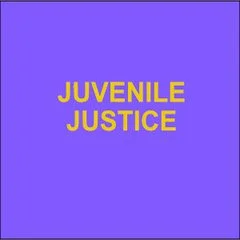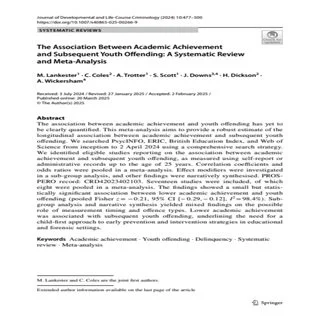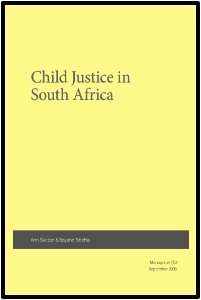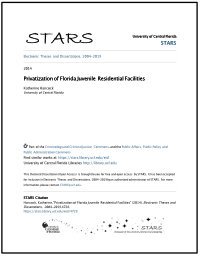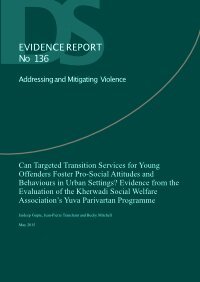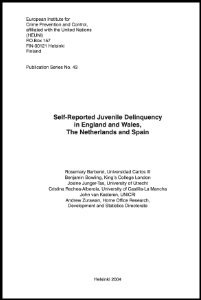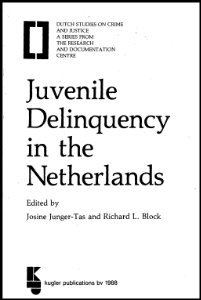By Cheryl Yates and Laura Roeder-Grubb
This report provides an update to a previous report prepared by Criminal and Juvenile Justice Planning (CJJP) for the Justice Advisory Board (JAB) in February 2020 on youth who entered the adult court system. The purpose of this report is to provide information on Iowa youth with serious offenses whose cases were handled in the adult court system from SFY2015 through 2021, the method by which they came into the adult court system, their sex, race/ethnicity, county, their first adult offense, prior history in juvenile court, and if they had a subsequent conviction in adult court within two years after their first offense. Research has generally shown that youth have worse outcomes when they are transferred to the adult justice system rather than being handled in the juvenile court system. Some states have raised the age of juvenile court jurisdiction. Under current Iowa Code 232.8, youth under age 16 are under the jurisdiction of juvenile court, but can be waived by the juvenile court to the adult court. Included within the group of waived youth are Youthful Offenders, under Iowa Code 232.45, who are between the ages of 12 to 15. Youth aged 16 and 17 are directly filed to adult court if they have serious offenses, including forcible felonies, felony weapons offenses, and serious drug offenses, but can be reverse waived back to the juvenile court. Three groups were studied: “Waived” youth, “Direct” File youth, and “Other” youth in adult court. Their characteristics and outcomes are described below. Please note that, in a small number of cases, long durations of time between the offense date and adult case initiation date occurred. Only 138 of the 3,312 youth in the file (4.2%) had one or more years pass between the offense date and case initiation date. Of those youth, 51% were sex offenders. This may be due to victims not coming forward until much later. From SFY2015 to SFY2021, 1,027 youth were “Direct Filed” to adult court. 90.7% were male. 43.8% were Black. The average age at first adult case initiation was 16.7 years (range: 16 to 21 years). 85.9% of direct file youth had a violent offense as their first, most serious adult charge.3 27.1% were convicted of their first, most serious adult charge. 22.4% were reverse waived from adult court to juvenile court. 84.0% had a prior juvenile court complaint before entering the adult court system. 44.2% subsequently had a conviction of simple misdemeanor or higher in adult court within two years of their first adult offense. From SFY2015 to SFY2021, 1,284 youth were “Waived” to adult court. 81.4% were male. 31.6% were Black. The average age at first adult case initiation was 17.1 years (range: 12 to 19 years). Please note that the “Waived” group includes 38 youth age 12 to 15 who may have qualified for the Youthful Offenders status under Iowa Code. 34.5% of waived youth had a felony offense as their first, most serious adult charge. 22.8% of waived Youth had a violent offense as their first, most serious adult charge. 51.9% were convicted of their first, most serious adult charge.4 68.7% subsequently had a conviction of simple misdemeanor or higher in adult court within two years of their first adult offense. Of “Other” youth who were neither waived nor direct filed to adult court from SFY2015 to SFY2021, 265 were under the age of 18 at the time of adult case initiation. 63.4% were male. 24.9% were Black. The average age at first adult case initiation was 16.4 years (range: 8 to 17 years). 29.8% of other youth under age 18 had a felony offense as their first, most serious adult charge. 31.7% of other youth under age 18 had a violent offense as their first, most serious adult charge. 30.2% were convicted of their first, most serious adult charge. 66.0% had a prior juvenile court complaint before entering the adult court system. 21.5% subsequently had a conviction of simple misdemeanor or higher in adult court within two years of their first adult offense. Of “Other” youth who were neither waived nor direct filed to adult court from SFY2015 to SFY2021, 735 were age 18 or older at the time of adult case initiation. 69.3% were male. 27.8% were Black. The average age at first adult case initiation was 18.0 years (range: 18 to 21 years). 25.2% of other youth age 18 or older had a felony offense as their first, most serious adult charge. 17.8% of other youth age 18 or older had a violent offense as their first, most serious adult charge. 42.3% were convicted of their first, most serious adult charge. 75.1% had a prior juvenile court complaint before entering the adult court system. 49.5% subsequently had a conviction of simple misdemeanor or higher in adult court within two years of their first adult offense. Key Findings Based on the SFY2015-SFY2021 reporting period: Entry into Adult Court 38.8% of youth in the adult court system were waived, 31.0% were direct filed, and 30.2% were other. The percentage of waived youth has decreased overtime, whereas the percentage of direct file youth has increased over time. Counties with the Highest Rates of youth in Adult Court The top six counties having the highest rates of their youth in adult court per 10,000 population were: Hardin (286.1), Des Moines (243.2), Monona (219.8), Lee (197.0), Black Hawk (182.5), and Scott (181.9). Only two of these counties, Black Hawk and Scott, are metropolitan areas. Demographic Profile of youth in Adult Court 80.1% of youth in the adult court system were male. Of the youth who were direct filed (90.7% were male, and 81.4% were male that were waived to adult court. Racial disparities are evident among youth involved in adult court. 34.0% of youth in adult court were Black, but Black youth comprise only 7.3% of the state’s total youth population. Of the direct filed youth 43.8% were Black, and 31.6% of the waived youth were Black. The average age of youth’s first adult court involvement, based on the date the case was initiated in adult court, was 17.1 years. Direct file youth, on average, were younger than waiver youth (16.7 years vs. 17.1 years). Characteristics of the First Adult Offense All direct file youth had a felony charge, per the eligibility requirements set by Iowa Code. 34.5% of waived youth had a felony charge as their first adult offense. The percentage of waived youth with a felony charge (waiver offense) has trended upwards over time, increasing from 26.9% in SFY2015 to 42.4% in SFY2021. All direct file youth had a violent charge (85.9%) or public order charge (14.1%) as their direct file offense, per the eligibility requirements set by Iowa Code. The most common waiver charge for waived youth was property (42.9%), followed by drug (23.1%), violent (22.8%), and public order (10.4%). Waived youth were more likely to be found guilty of their first adult offense (51.9%) compared to direct file youth (27.1%). A higher percentage of direct file youth had other/unknown dispositions (34.7%). Other dispositions include change of venue, not filed, other, transferred, or waiver stipulation. 22.4% of direct file youth were reverse waived from adult court to juvenile court. There has been a downward trend in the percentage of youth found guilty. There has been an upward trend in deferred dispositions. Prior Juvenile History 86.8% of the youth who entered adult court had a prior complaint in the juvenile court system. Among the categories, waiver youth, on average, had more complaints than direct file youth (6.4 complaints vs. 5.6 complaints). The average age of youth’s first juvenile complaint, based on the date the complaint was initiated in juvenile court, was 14.0 years. Direct file and waiver youth were about the same age (an average of 13.9 years and 13.8 years, respectively) at the time of their first juvenile complaint. Recidivism within Two years Recidivism was tracked for youth in the cohort, who had at least two years of time pass after their first adult offense. Only their most serious convicting offense was examined. 53.4% of the youth in the cohort had a subsequent conviction in adult court (excluding scheduled violations). Of the categories, 68.7% of the waived youth recidivated (68.7%), and 44.2% of direct file youth recidivated. Please note that the recidivism rate for direct file youth may be lower due to having a more serious offense that may have resulted in incarceration during the 2 year period. 27.1% of the direct file youth were convicted of their direct file offense. Those not convicted of their direct file offense may have been convicted of other serious offenses. This would likely have eliminated or reduced their opportunity to recidivate in the tracking period. Of the youth who recidivated, 38.3% had a subsequent felony conviction as their most serious recidivist conviction. Direct file youth were more likely to have a subsequent felony conviction (48.8%) compared to waiver youth (36.6%). Of the youth who recidivated, direct file youth were more likely to have a subsequent violent conviction (36.6%) compared to waiver youth (25.4%) as their most serious recidivist conviction.
Des Moines: Iowa Department of Human Rights – Division of Criminal and Juvenile Justice Planning, 2022. 32p.

